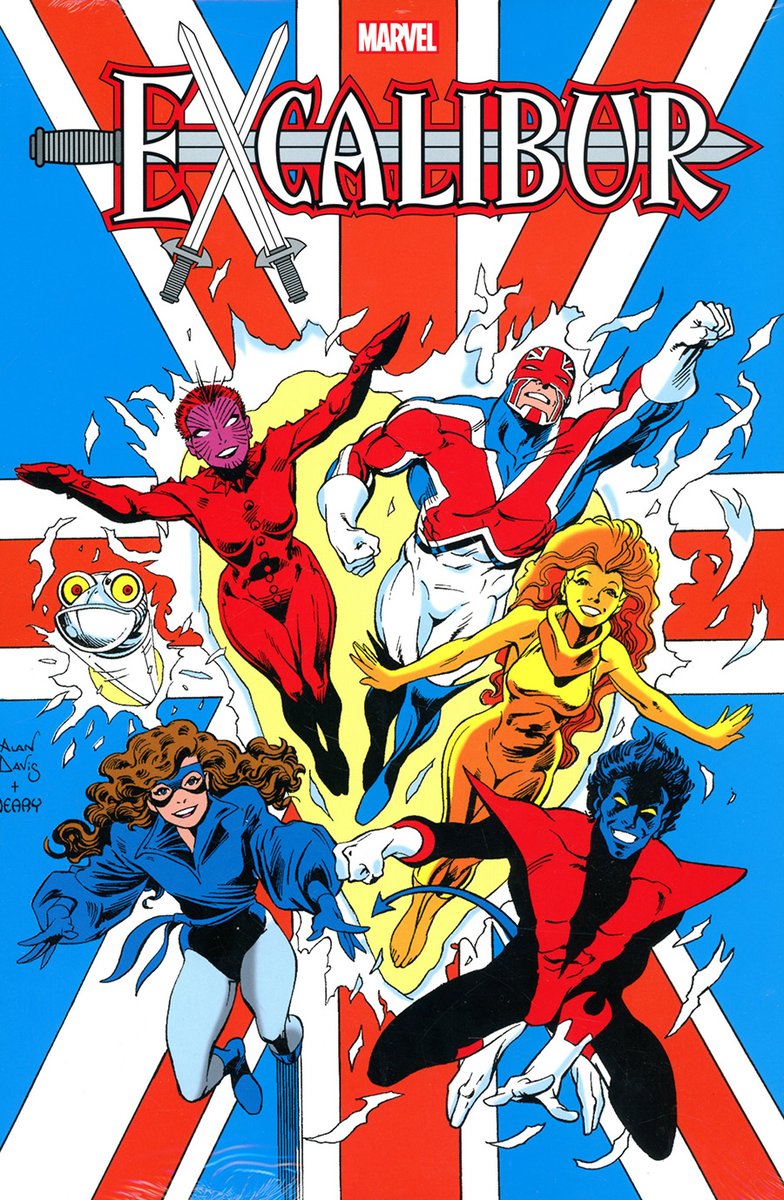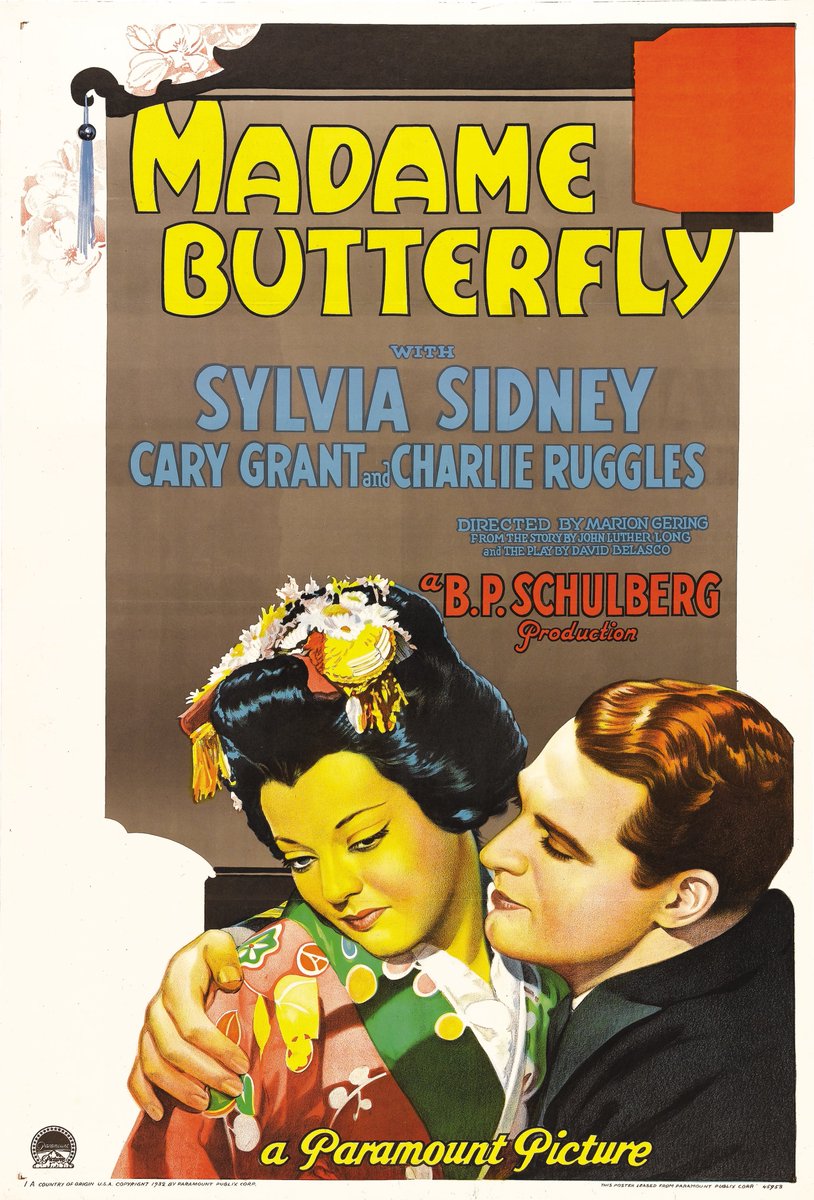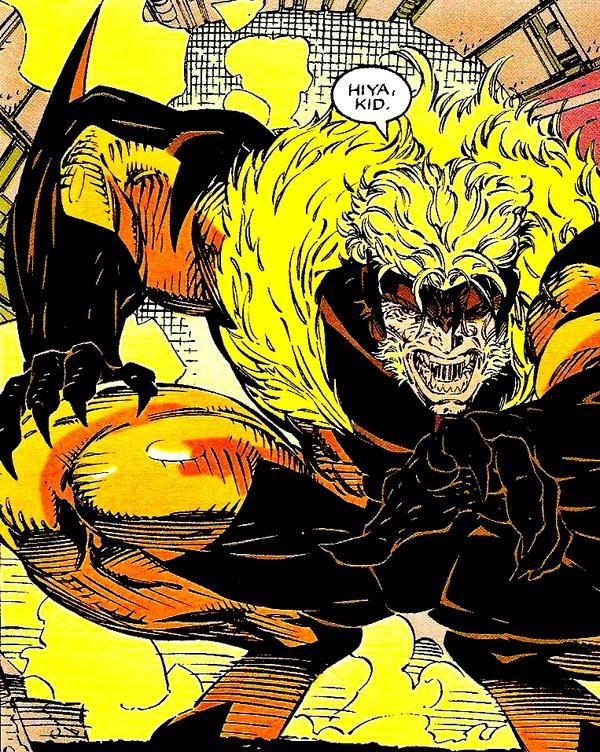
In a 2020 piece for the Journal of Comics and Graphic Novels, Nicholas Holm speaks to the “Britishness” of Claremont’s Excalibur and how it implicitly validates Thatcherism through a lack of understanding of British society outside of popular culture. #xmen 1/9 

“Claremont’s Britain would seem to have its shallow foundations in cultural references, rather than a social existence, and therefore manifests almost entirely at the level of aesthetic surface.” 2/9 

“The result is more however than simply a denial or absence of politics, but rather a celebration of a timeless and stable UK that feeds into conservative worldview.” 3/9 

“Hence, while elsewhere noted as a writer of relatively progressive comics, with Excalibur Claremont’s reliance upon genre convention and bloodless tropes leads, whether intentionally or not, to a quietly reactionary political aesthetics.” 4/9 

For Holm, Claremont’s experience (and subsequent portrayal) of ‘Britishness’ comes “second hand via popular culture,” such as we see in his use of the very British “school days genre” to build the “Girls School from Heck” story arc. 5/9 

The result could be framed in terms of Baudrillard’s concept of “Simulation and Simulacra.” Claremont simply didn’t have enough of what Holm describes as social experience of “the fractious tenor of British life in the waning years of Thatcher’s leadership.” 6/9 

The argument is interesting, as it suggests that Claremont’s lack of sincere engagement with British social reality ends up affirming British conservatism – that even a comic openly mocking Margaret Thatcher, kind of validates her ideology, by accident. 7/9 

Thus, Excalibur portrays a version of Britain that might read truth-y to a non-British audience, but likely less-so to the actual British public. This distinction is important, suggesting an implied audience for the book and thus a commodification of "Britain" as a concept. 8/9 

For a fun point of comparison, as a Canadian, I always found Alpha Flight to be kind of hilarious in what it suggests Canada is; moreso because a Canadian (who would obviously know better) created and cultivated it. 9/9 

You can find Holm’s article here: tandfonline.com/doi/full/10.10…
• • •
Missing some Tweet in this thread? You can try to
force a refresh























